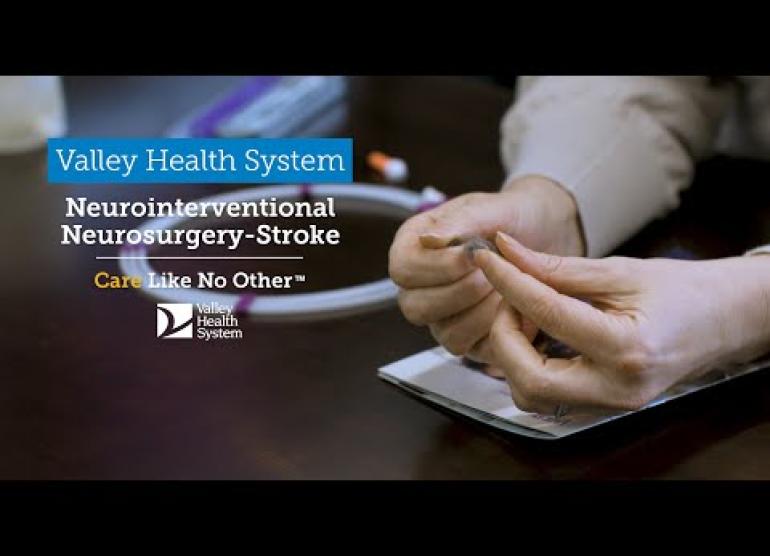Pulsatile tinnitus is a form of tinnitus, a constant ringing noise patients hear in their heads that no one else hears. Patients with pulsatile tinnitus hear a “whooshing” noise that may be loud or soft, but keeps pace in time with their heartbeats.
How Does Pulsatile Tinnitus Affect Patients?
The American Tinnitus Association estimates that 50 million Americans have tinnitus, with 10 percent—5 million—experiencing pulsatile tinnitus. The constant noise inside a person’s head can severely impact their quality of life. It can interfere with sleeping, working, or concentrating. Some people develop anxiety or depression. In some cases, pulsatile tinnitus becomes so disturbing that patients take their own lives.
Pulsatile tinnitus can also be an indicator that a patient has high pressure inside the head or an issue related to their eyes. Pulsatile tinnitus can also affect cognitive functioning. As the mind tries to close out the noise, a patient may experience decreased brain performance, sleep disorders, or headaches. Often, patients will see several physicians before they are properly diagnosed. Many are unfortunately told to “live with it.”
What Causes Pulsatile Tinnitus?
Pulsatile tinnitus is not a disease but a symptom of other disorders, including vascular disease of the veins and arteries, malformations of vascular structures in the head, unusual blood flow near the ear, and, rarely, a tumor.
The rhythmic whooshing that a patient hears is caused by blood pulsing faster than normal through veins and arteries near the ears. In about 70 percent of cases, a cause can be found. In 30 percent, the cause is elusive.
It can start in one of two ways:
- A condition or abnormality changes the flow of blood in blood vessels near the ears. Instead of the blood resembling a meandering river flowing through blood vessels, the blood of patients with pulsatile tinnitus acts like a turbulent waterfall as the noise gets louder.
- These conditions may include:
- Atherosclerosis, a narrowing of the arteries in the head
- Venous sinus stenosis
- Idiopathic intracranial hypertension (formerly known as pseudotumor cerebri)
- Chronic venous congestion
- Arteriovenous malformations near the ears (tangles of blood vessels affecting the connections between arteries and veins)
- Carotid dissection
- Cerebral aneurysm
- Middle ear tumor
- These conditions may include:
- A bony envelope-like structure near the ear that usually shields the ear from the noise of nearby arteries and veins thins out, a condition called dehiscence. This thinning out causes the whooshing noise to arise as blood flowing through the nearby blood vessels becomes more pronounced.
- These conditions can be associated with:
- Sinus wall abnormalities
- High blood pressure
- Anemia
- Hyperthyroidism
- Head trauma
- These conditions can be associated with:
When Should I Seek Help for Pulsatile Tinnitus?
Contact your medical provider if you suddenly:
- Hear a rhythmic whooshing sound in your head
- Hear that sound in one ear only, or
- Have other issues like difficulty walking or seeing, or are experiencing problems with your balance
If you seek care at Valley Health System, our specialists at Valley Neurosciences and Neurosurgery will take a careful medical history, perform diagnostic testing, and make every effort to get to the root of the underlying condition that is causing your pulsatile tinnitus. We use the most advanced techniques and procedures to diagnose the problem and eliminate the exasperating noise.
The Valley Hospital has invested in state-of-the-art facilities and technology for neurosurgery and endovascular neuro-procedures, including dedicated suites, an intraoperative MRI, advanced fluoroscopy equipment to guide neurosurgeons, and a neuroscience intensive care unit, staffed by Valley’s “brain squad,” doctors, nurses, and other professionals with advanced training in critical care and neurological disorders.
















